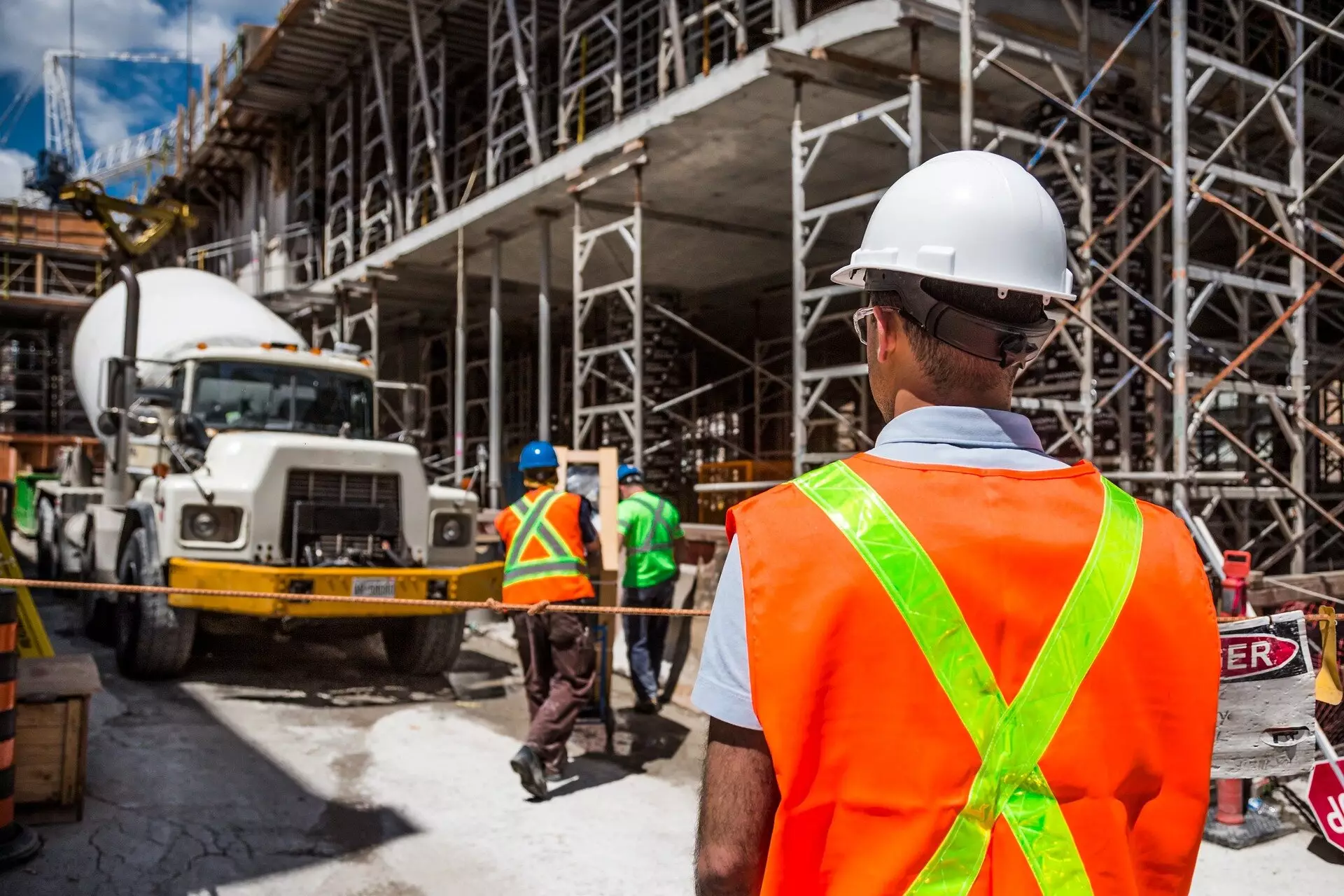The quest for sustainability in construction has never been more critical. As environmental concerns mount and government mandates push for reduced carbon emissions, industries globally are compelled to innovate and adapt. A groundbreaking report from the University of Dundee, backed by the Mineral Products Association (MPA), highlights an effective strategy for tackling the carbon footprint of the U.K. construction sector. The report suggests that reusing waste clay and brick as calcined materials in concrete production can significantly reduce emissions, presenting a viable alternative to traditional cement options.
Cement remains one of the largest contributors to carbon emissions in the construction sector, with traditional Portland cement (CEM I) being particularly carbon-intensive. The production process for Portland cement involves high-temperature treatments that not only consume vast amounts of energy but also release significant quantities of CO2. As a response to this challenge, researchers have been investigating supplementary materials that can help lower the embodied carbon in concrete.
By turning to waste resources such as clay and ground brick, the study articulates the potential for a paradigm shift in material usage. The findings show that these materials can reduce embodied carbon by as much as 30%, representing a substantial improvement over conventional methods.
Utilizing materials already present in waste streams is an innovative approach that serves both ecological and economic purposes. The report illustrated that if the U.K. construction industry were to adopt these materials, approximately 1.4 million tons of waste could be diverted from landfills. This not only decreases potential waste but also contributes significantly to resource efficiency.
Calcined clay can serve as a supplementary cementitious material (SCM) that enhances the performance characteristics of concrete while simultaneously reducing carbon emissions. The study conducted by the University of Dundee’s Concrete Technology Unit examined the long-term durability of these calcined clay compositions, even for applications in marine environments. This focus on durability is crucial, as it reassures industry stakeholders of the material’s effectiveness in demanding applications.
The research also delves into the methods of producing calcined clays. The traditional rotary kiln method has been widely recognized in the cement industry; however, the study introduced an innovative technique known as “flash heating,” which emerged as a viable alternative. Both methods successfully yielded high-quality calcined clay with no significant performance disparity between them. This flexibility in production techniques is promising as it allows industry players to choose a method that aligns with their operational capacities.
The socio-economic implications of this transformative approach cannot be overstated. Dr. Diana Casey from the MPA emphasizes the potential economic windfall from utilizing waste clay and brick. By tapping into this new market, the U.K. construction industry can retain economic value, support job creation, and attract investments in sustainable practices. The potential to generate economic activity while contributing to environmental goals lays the groundwork for a robust and resilient construction sector.
In alignment with the U.K. government’s legally binding net-zero targets, the findings underscore the urgency of transitioning to low-carbon solutions in construction. The use of calcined clays is part of a broader strategy encapsulated in the MPA’s Roadmap to Beyond Net Zero, which aims for a 53% reduction in industry emissions by 1990 levels. As the construction sector continues to seek pathways to sustainability, innovations such as this offer both hope and practical solutions to a pressing global issue.
The research spearheaded by the University of Dundee serves as a beacon for the construction industry, illuminating the path toward more sustainable practices through innovative material usage. The potential benefits of using waste clay and brick in concrete production extend beyond merely lowering carbon footprints; they promise economic revitalization, resource efficiency, and the possibility of significant advancements in construction technology. As stakeholders in the construction industry consider the implications of this research, a cohesive effort to implement these findings could set a powerful precedent for sustainable construction practices both in the U.K. and beyond. The time for action is now, and the steps taken today could lead to a greener, more resilient future.


Leave a Reply